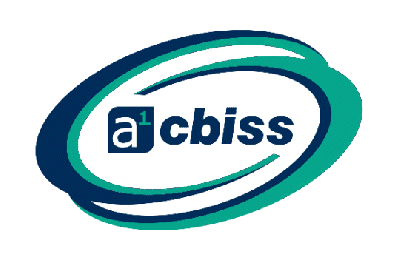What’s the most important thing can you do in a minute at the start of your shift? Make a brew? Put your boots on? Or carry out a bump test?
Can You Afford to Run the Risk?
Performing a bump test is the only way you can truly know that your gas detector is working correctly.
When a gas detector is in alarm, it’s often because you’re faced with a dangerous situation!
If you’re wearing a gas detector that hasn’t been bump tested, how do you know that it will alarm to alert you?
Bump Your Gas Detector Up Your Priority List
Too many workers hear a gas detector alarm and presume that their unit is faulty. This attitude is a dangerous game. By performing a bump test, workers can take the confidence that their unit is operating at maximum performance. All because it has had a daily functional check and gas check and ready to alarm.
Before attaching a gas detector, the instrument must go through a functional bump test to ensure that you can truly rely on its performance.
By exposing your gas detector to a known concentration test gas, it verifies that gas is able to reach and be detected by the gas sensors.
So take a minute at the start of each day to make sure it’s working safely.
How to Perform a Bump Test?
Gas detector maintenance can be done through one of these three methods: manual bump tests and calibrations, calibration stations, or docking stations.
Docking Stations
For Health & Safety Managers
Docking stations automate the processes of bump testing, ensuring consistency, accuracy and provide a simplified procedure.
They provide;
- data logging capabilities,
- fleet management,
- collecting and organising data such as bump test results,
- calibration pass/fails,
- alarms and peaks,
- print calibration certificate,
- and link to software to provide a full picture of the data collected by the gas detector when in use.
For Instrument Engineers
Simply connect the dock to power, connect the gas bottle, and put the instrument into its cradle.
In many cases, the docking station conveniently allows you to charge can your gas detection instrument when not in use. For example, when you finish your shift, pop the gas detector onto the docking station to charge until the next use.
Bump testing will provide you with the confidence that your gas detector is working correctly.
For those who hold the purse strings
Docking stations also save companies money on calibration gas because of the consistent and controlled way in which gas is drawn to the gas detection instruments for testing. In addition, optional automatic calibration gas replenishment programmes allow users to receive replacement cylinders before existing ones expire or become empty.
Improve your gas detection safety. View our range of docking stations




